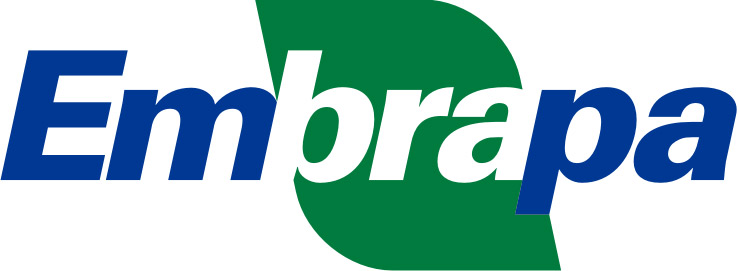Use este identificador para citar ou linkar para este item:
http://www.infoteca.cnptia.embrapa.br/infoteca/handle/doc/1077448Registro completo de metadados
| Campo DC | Valor | Idioma |
|---|---|---|
| dc.contributor.author | ANDRES, A. | |
| dc.contributor.author | THEISEN, G. | |
| dc.contributor.author | TELÓ G. M. | |
| dc.contributor.author | CONCENCO, G. | |
| dc.contributor.author | PARFITT, J. M. B. | |
| dc.contributor.author | GALON, L. | |
| dc.contributor.author | MARTINS, M. B. | |
| dc.date.accessioned | 2017-10-17T09:20:09Z | - |
| dc.date.available | 2017-10-17T09:20:09Z | - |
| dc.date.created | 2017-10-16 | |
| dc.date.issued | 2017 | |
| dc.identifier.citation | In: PACANOSKI, Z. (ed.). Herbicide resistance in weeds and crops. Rijeka: INTECH, 2017. Cap. 2. | |
| dc.identifier.uri | http://www.infoteca.cnptia.embrapa.br/infoteca/handle/doc/1077448 | - |
| dc.description | Sprinkler rice saves water compared to paddy rice. However, in paddy fields, the water table is efficient for weed suppression. In sprinkler rice, there is no water table on soil; thus, weed management used in paddy rice may not be suitable for sprinkler rice, since herbicides and water table are expected to interact. Weed pressure in sprinkler rice is higher than in paddy rice; annual grasses are the main weeds in both paddy and sprinkler rice. Barnyardgrass, goosegrass, crabgrass and Alexandergrass show vigorous growth in sprinkler rice. A 3-year study shows that weeds in sprinkler rice reduce grain yield between 11 and 95%. Herbicides used in conventional and Clearfield® rice (clomazone, imazethapyr + imazapic, imazapyr + imazapic, pendimethalin and penoxsulam) were tested, contrasting paddy and sprinkler rice. Additionally, the technique locally called “needle-point” (glyphosate applied over the first-day emerging rice) was combined with pre- and postemergence herbicides. When using only pre- or postemergence, weeds reduced rice grain yield; a combination of products was the best option for sprinkler-irri- gated rice. The Clearfield technology was efficient in controlling most weeds. However, using it combined to the needle-point promoted the best results. The main approaches for weed management in sprinkler-irrigated rice were summarized | eng |
| dc.language.iso | eng | pt_BR |
| dc.rights | openAccess | pt_BR |
| dc.subject | Management strategies | |
| dc.subject | Needle point | |
| dc.title | Weed Management in Sprinkler-Irrigated Rice: experiences from southern Brazil. | |
| dc.type | Parte de livro | |
| dc.date.updated | 2017-10-19T11:11:11Z | pt_BR |
| dc.subject.thesagro | Arroz | eng |
| dc.subject.thesagro | Irrigação por Aspersão | eng |
| dc.subject.thesagro | Herbicida | eng |
| dc.subject.nalthesaurus | herbicides | pt_BR |
| dc.subject.nalthesaurus | weed control | pt_BR |
| riaa.ainfo.id | 1077448 | |
| riaa.ainfo.lastupdate | 2017-10-19 -02:00:00 | |
| dc.contributor.institution | ANDRE ANDRES, CPACT; GIOVANI THEISEN, CPACT; GUSTAVO MACK TELÓ; GERMANI CONCENCO, CPACT; JOSE MARIA BARBAT PARFITT, CPACT; Leandro Galon; Matheus Bastos Martins. | |
| Aparece nas coleções: | Capítulo em livro técnico (CPACT)  | |
Arquivos associados a este item:
| Arquivo | Descrição | Tamanho | Formato | |
|---|---|---|---|---|
| GermaniAndresIntechPublicado.pdf | 2.71 MB | Adobe PDF |  Visualizar/Abrir |









